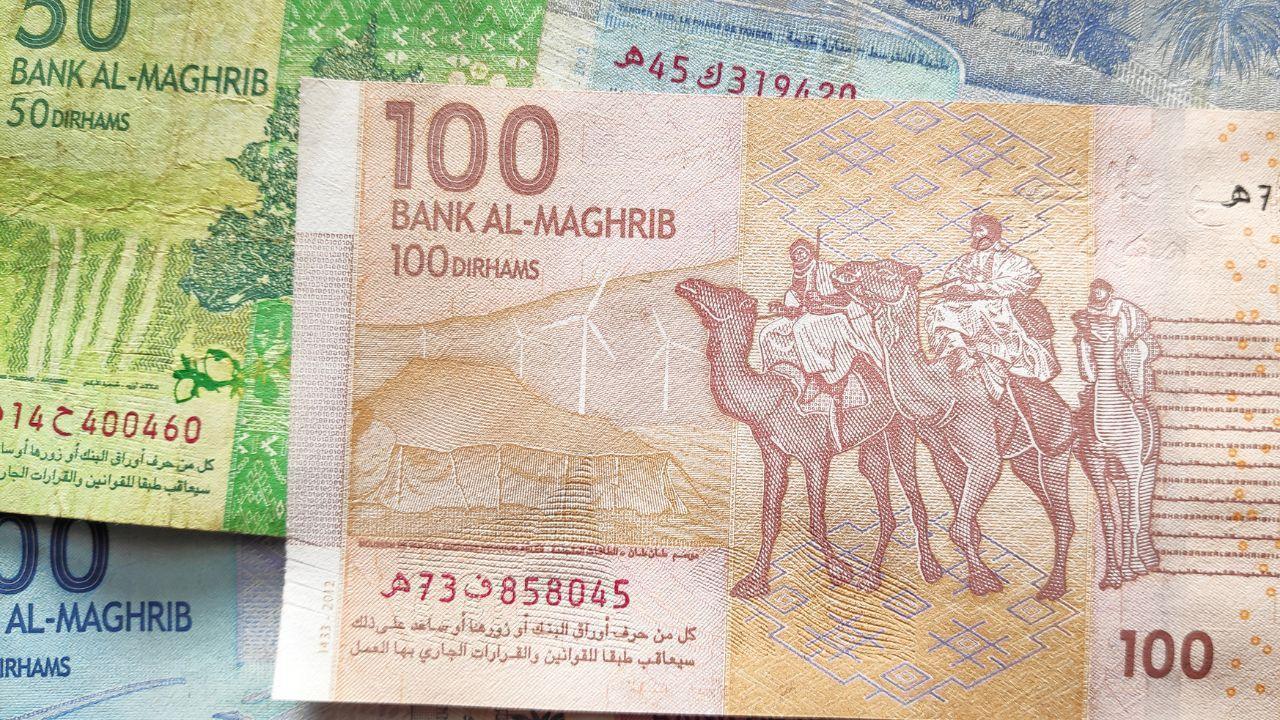
Post by: Vansh Kumar
In today’s rapidly advancing world, technology is continually evolving, shaping how we interact with the world around us. Among the most transformative innovations in recent years is wearable technology. These smart devices, worn on the body, are not just tools but companions that help monitor our health, connect us to the digital world, and enhance our daily activities. From fitness trackers to smartwatches and even smart clothing, wearable tech is redefining how we live. But how did this revolution start, and what does the future hold for wearable technology?
Wearable technology refers to gadgets that can be worn on the body, allowing users to interact with and receive real-time data. These devices often come equipped with sensors, processors, and connectivity features, enabling them to track, monitor, and provide feedback about a user’s physical state. The most common examples include fitness trackers, smartwatches, and wearable cameras. These devices offer a unique blend of convenience, style, and functionality, making them indispensable in today’s tech-driven world.
The history of wearable technology dates back to the 1960s, but it wasn’t until the late 2000s that the modern era of wearables began to take shape. One of the first major milestones in wearable tech came with the creation of the pedometer, a simple device designed to track steps. As technology advanced, the idea of transforming ordinary accessories like watches into high-tech gadgets took off. In 2012, the Pebble Watch hit the market, marking one of the first mainstream smartwatches, capable of syncing with smartphones. The launch of the Apple Watch in 2015, however, truly changed the game. It brought wearable tech into the spotlight, combining fitness tracking, connectivity, and stylish design all in one device. This development sparked a wave of innovation and competition in the industry, paving the way for a variety of wearables to emerge.

One of the key areas where wearable technology has made a significant impact is in health and fitness. Devices like the Fitbit and Apple Watch are designed to monitor a wide range of health metrics, such as heart rate, calories burned, steps taken, and even sleep patterns. This real-time feedback allows users to set goals and track progress, helping them lead healthier lives. Wearables have become essential tools for people trying to get fit, lose weight, or maintain an active lifestyle. The growth of wearable fitness technology has made tracking workouts and health data easier and more accurate than ever before.
Beyond general fitness, wearable tech has made a major contribution to healthcare. Smartwatches and other devices can now monitor vital signs, detect abnormal heart rhythms, and even send alerts in case of emergencies. This real-time data can be invaluable, especially for individuals with chronic conditions. For instance, people with diabetes can use wearables to track blood sugar levels, while heart patients can benefit from continuous monitoring of their heart rate and rhythm. This seamless integration of technology into healthcare is revolutionizing how patients manage their conditions and improving overall quality of life.
While smartwatches and fitness trackers are the most common forms of wearable technology, the rise of smart clothing is another exciting trend in the wearable tech landscape. Smart clothing incorporates sensors and technology directly into garments, allowing them to track physical activity, body temperature, or even monitor posture. Smart shirts that measure heart rate or smart socks that detect temperature changes are just the beginning of this revolution. These innovations open up a wide range of possibilities for athletes, medical professionals, and anyone looking to monitor their health more effectively.
The growth of smart textiles is another significant development in the wearable tech sector. These fabrics are designed to collect data on the wearer’s movements, environment, and health metrics. For example, researchers are working on fabrics that can change color based on the surrounding temperature or light conditions, providing not only functionality but also a new level of interactivity in clothing. As technology continues to advance, the lines between fashion and technology will continue to blur, offering consumers even more exciting and practical options.
The potential applications of wearable technology extend beyond personal use and fitness. In the workplace, wearables are becoming powerful tools for increasing productivity, enhancing safety, and improving efficiency. In industries like manufacturing, construction, and logistics, wearable devices like smart helmets or smart glasses help workers perform tasks more safely. For example, smart helmets with built-in sensors can detect signs of fatigue, alert workers about potential hazards, or even prevent accidents by monitoring vital signs. Similarly, wearable cameras can provide real-time feedback for training or operational efficiency.
In office environments, wearable technology is helping employees stay healthy and productive. Wearables that track posture or remind individuals to take breaks can help prevent injuries caused by long periods of sitting. Additionally, wearables that monitor stress levels or heart rate variability can provide valuable insights into mental well-being, enabling employees to manage stress and improve their overall health. This integration of wearables into the workplace demonstrates how technology can play a critical role in both physical and mental wellness.
As wearable technology continues to grow, the possibilities for its future seem endless. One of the most promising advancements is the ability of wearables to monitor health more effectively and comprehensively. With improved sensors and artificial intelligence, future wearables may be able to predict health issues before they become critical, providing alerts and early warnings for conditions like heart disease, diabetes, or even cancer.
Another exciting area is the integration of Augmented Reality (AR) and Virtual Reality (VR) with wearables. Smart glasses, for example, could provide AR overlays that display useful information about the environment, such as directions or nearby landmarks, enhancing the way we interact with the world around us. VR headsets paired with wearables could offer fully immersive experiences for gaming, education, or virtual travel.
The future of wearables will also likely see more fashionable designs. As technology advances, wearables will continue to blend seamlessly with everyday clothing, offering consumers both style and function. The rise of smart fabrics and interactive clothing could redefine fashion as we know it, making it more personalized and high-tech.
The article discusses the rapid growth of wearable technology, exploring how devices like smartwatches, fitness trackers, and smart clothing are transforming everyday life. It highlights the history, advancements, and future potential of wearables, particularly in health, fitness, and workplace safety. Wearables are not only tracking physical activity but also monitoring health metrics, improving productivity, and offering new opportunities in industries like healthcare and fashion. As wearable tech continues to evolve, innovations such as smart fabrics and augmented reality promise to further enhance their functionality and integration into daily life.
Disclaimer: The views and opinions expressed in this article are based on research and current trends. For more updates and the latest news, please visit dxb news network.
#trending #latest #WearableTechnology #SmartDevices #TechInnovation #FutureOfTech #Wearables #HealthTech #SmartWearables #TechTrends #FitnessTech #WearableRevolution #SmartClothing #TechGrowth #InnovationInWearables #TechFuture #WearableTech2025 #breakingnews #worldnews #headlines #topstories #globalUpdate #dxbnewsnetwork #dxbnews #dxbdnn #dxbnewsnetworkdnn #bestnewschanneldubai #bestnewschannelUAE #bestnewschannelabudhabi #bestnewschannelajman #bestnewschannelofdubai #popularnewschanneldubai

South Korea fights its worst wildfires, with 28 dead and 111,197 acres burned. Firefighters rush to contain flames before winds pick up again....Read More.

China confirms working with India to resume direct flights, paused since 2020. Talks signal improving ties as both sides mark 75 years of relations...Read More.














Chelsea Eliminate Man City to Reach Women’s Champions League Semis
Chelsea beat Man City 3-0, overturning a two-goal deficit to reach the Women’s Champions League semi

UAE Unveils New Dirham Symbol for Physical & Digital Currency
UAE Unveils New Dirham Symbol for Physical & Digital Currency

Create Studio Ghibli-Style Images with ChatGPT's New Tool
ChatGPT's new image generator is making waves online! Learn how to create Studio Ghibli-style images

US Robotics Firms Push for National Strategy – China Competition
US robotics companies call for a national strategy, tax breaks, and funding to compete with China in

Arsenal Reach Women's Champions League Semifinals After Big Win
Alessia Russo’s double leads Arsenal to a stunning 3-0 win over Real Madrid, overturning a two-goal